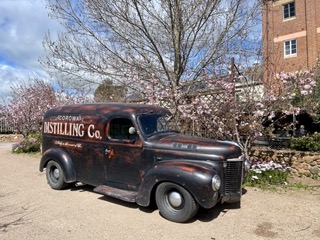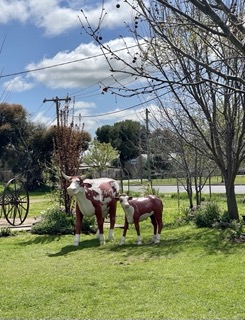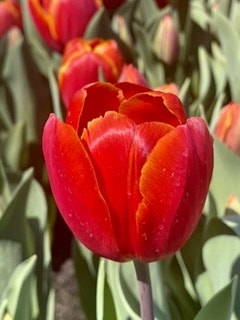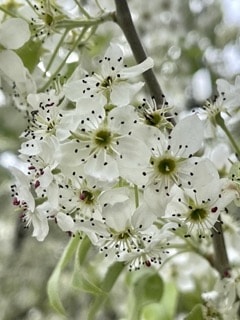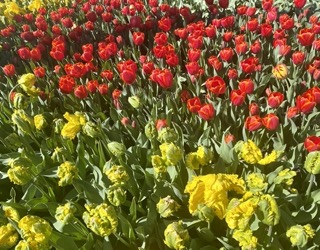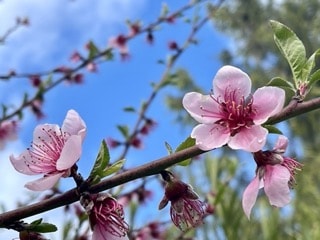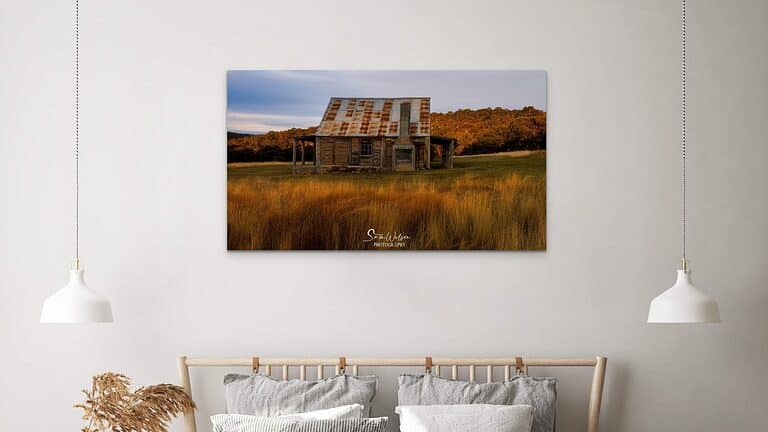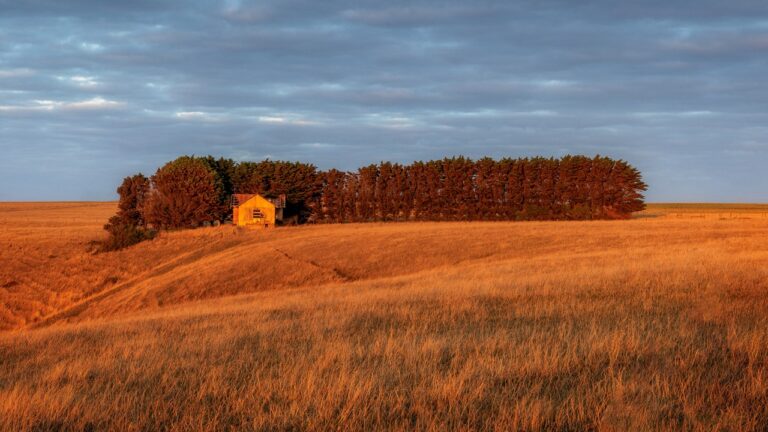Photographing Canola Fields
Where and How to Photograph the Canola Fields in NSW
For many photographers Spring equals Canola, and it’s easy to see why. You can see fields and fields of golden canola as far as the eye can see just waiting to be photographed.
First up though, a little bit about the canola fields.
A Little Bit About Canola
I think it’s always good to know a bit about where you are visiting and what it is you are planning on photographing.
Canola is grown primarily for its seed which is then used in cooking oil or food products such as chips, breads etc.
It is often referred to as being the same as rapeseed but this is not strictly true. Canola is in fact a derivative and much healthier. It is now known for its heart health properties and has the least saturated fat of most common vegetable oils.
Having been born in the Central West of NSW and visiting the area my whole life I was intrigued. Showing my age here, but I didn’t remember seeing these golden fields when I was younger, so I was curious.
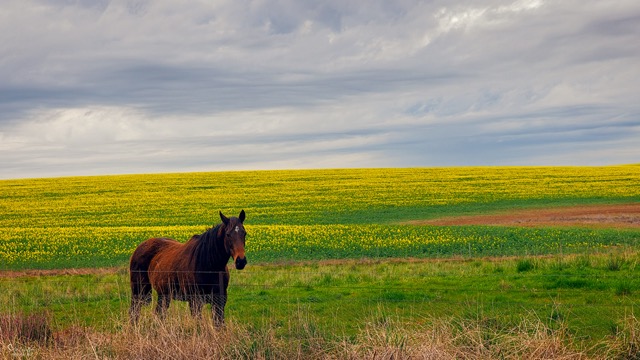
As it turns out, growing canola as a crop didn’t really take off until the early 1990’s here in Australia. From these humble (and late) beginnings I learned we are now the world’s second biggest growers of this resource.
Western Australia is by far the biggest producer, followed by NSW and then Victoria and South Australia. It is also now our third biggest crop export after wheat and barley.
I’ll stop with that now. If you’d like to know more, here’s a great resource on Australia’s Canola industry.
Where To Find The Canola Fields in NSW
Starting less than five hours from Sydney, there are many country towns to explore as you follow the golden canola fields.
These golden fields of canola are mostly found in the Central West and Riverina of NSW. There are also fields around Merriwa in the Hunter region and Quirindi further north. Further afield, canola can also be found in Western Australia, Victoria and South Australia.
The regions of the Riverina and Central West NSW are alive with blooming yellow canola fields throughout spring. From late August through to mid October, these areas are a photographers paradise, and for good reason.

This makes for a fabulous road trip. It’s hard to beat the scenes where there is an endless display of fields of green and gold. The gold being the canola fields, and the green of the partnering wheat and barley crops.
Now onto where exactly to find these stunning canola fields.
Canola Fields In The Riverina Trail
The Riverina Canola Fields Trail covers the towns of Coolamon, Junee and Temora. The fields are found mostly along the appropriately named Canola Way, Goldfields Way and Burley Griffin Way towards Yass.

You really don’t need to know much more than that. Everywhere you look you will see the canola fields.
You do need to be careful pulling over on the main roads, so don’t discount side roads. This is where it’s important to allow plenty of time to explore and find some different views. Make sure if you take a side road that it is actually a road, and not a driveway on someone’s property.
Central West NSW Canola Fields
The Central West area encompassing Cowra, Canowindra, Harden and Young is another fabulous area to photograph the endless canola fields.
Heading out from Sydney, take the Cargo Road from Orange to Cowra via Canowindra. You will not only see miles of canola, this is also a region filled with a variety of wineries. It would be rude to ignore these, so try some wine as you go – drinking legally and responsibly of course.
You can even consider taking a hot air balloon flight taking off from Canowindra. I haven’t done this but it’s certainly on the list!
While in Cowra be sure to check out the Japanese Gardens – well worth a visit!
From Cowra follow the Olympic Highway to Young and Harden. There is also a painted silo in Harden that is worth a quick stop.
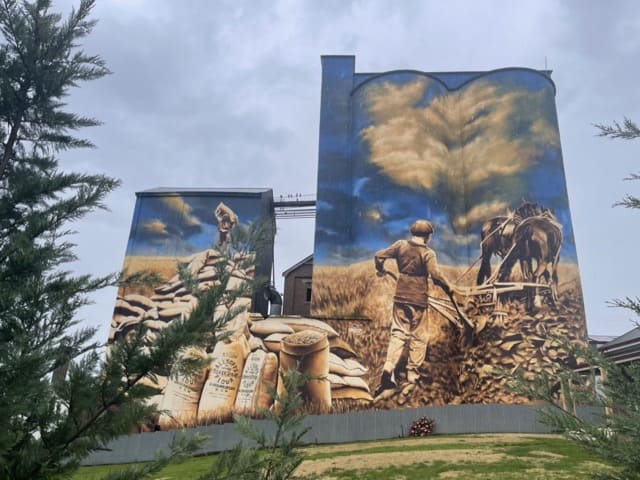
To finish this loop, head back to Cowra via Boorowa along Cunningar Road and The Lachlan Way. This whole loop is only 220km but be sure to allow plenty of stopping times.
It truly is worth exploring these cute towns and regions. There’s a lot more to see than just the canola fields.
Tips For Photographing The Canola Fields
The timing is probably the most important factor in getting great photos of those amazing canola fields. Remember that they are really only around from late August until around mid-October. This clearly depends on the weather and planting but they are generally harvested late-October to early-November.
The optimal times to visit would be anytime from the first week of September to the first week of October. As more and more are visiting this area, weekdays are much better to avoid any crowding if possible.
The optimal times to visit would be anytime from the first week of September to the first week of October. As more and more are visiting this area, weekdays are much better to avoid any crowding if possible.
Weather and Time of Day
Golden Hour Photography – the holy grail. This can be a great time but not always practical if on a road trip, and the same goes for milky way/astrophotography.
Unless it’s seriously raining, the canola fields can be photographed at most times of the day. Just consider the lighting and shadows that can either enhance or detract from your images.
Wind – this can be an issue, particularly early spring. Being patient here can be your friend. If it’s a seriously windy day, then it’s a no, but gusts of wind can come and go.
Use Different Lenses
For the big wide vistas, you’ll need a wide angle lens (say from 16 – 50mm).
For more detail consider a longer, telephoto lens. Anything from say 70mm up to 400mm. This can either give you smaller ‘slices’ of a vista, or zoom in on singular trees or areas of colour.
Also consider doing close ups of some individual blooms and blurring your background for a more artistic shot.
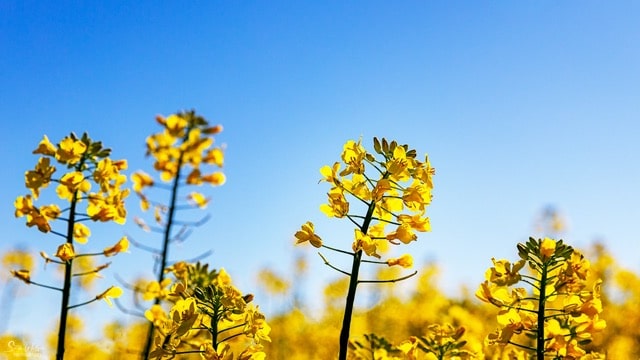
Look For Different Angles
Going low or high where possible can make for really great shots with a difference
Dare I say it but a drone can make for great shots. I’m not a drone user so I’m not going to comment on what is allowed or not.
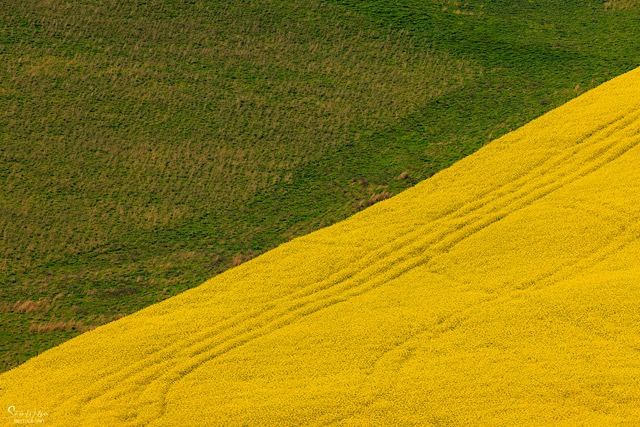
Filters And Tripod
Filters, especially a polariser, can be great to get some cloud movement or to make your colours pop.
But, bear in mind, using filters slows down your shutter speed.
Hence the potential for needing a tripod.
Personally I prefer the freedom of handheld as it allows you to position the camera wherever you want. Plus it’s quicker when getting in and out of the car numerous times during your exploring.
Composition
Leading lines can be fabulous – think tractor tracks and fences.
Look for foreground interest – think gates, fences and even cows or sheep if you’re lucky.
Minimalist – single trees or machinery/windmills etc. Good luck with that as I’m yet to find a great one for this!
Framing – can trees or fences be used as frames to draw your eye in?
Layers – think green pastures, yellow canola and blue skies. These can truly make for stunning images.

Stay Safe and be Responsible
Look and take as many photos you want – but from a distance if necessary. Never enter any properties without permission. It’s not only rude and irresponsible, it’s trespassing and therefore illegal.
Stay outside of any fences or boundaries – see above re trespassing.
Only pull over and stop where it’s safe to do so. Always allow more space than you think you may need. Many of these country roads are narrow without much side room. Think about big trucks and allow plenty of room.
As photographing these stunning canola fields has become more popular over the last few years, it has been both a positive and negative to these areas.
It’s great for tourism and therefore the local communities financially, but it has come with some price tags.
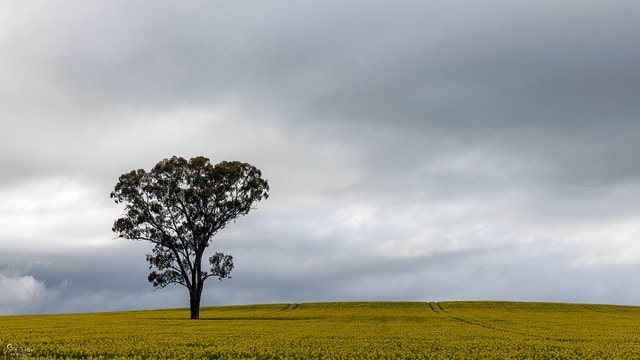
Many farmers have reported damage from photographers trampling (and even driving) through their crops. This can cause contamination to both their crops and yourself. You don’t know what chemicals you are exposing yourself to, or what risk you are placing on these farmers or their crops.
This is a great article from the ABC highlighting some of the issues of photographing the canola fields irresponsibly – please don’t!
Always remember that these canola fields are working farms. There are many lives depending on the income from these farms. Entering without knowledge or permission can also contaminate and destroy their crops and livelihood.
How To Get Up Close and Personal Safely and Legally
To try and alleviate some of the issues with tourists trampling the canola fields, local farmers and Cowra Tourism have got together. You can now book a canola tour so you can get some unique photo opportunities.
It runs on the weekends and even includes a wine and local produce tasting – win!
TIP – Make sure you stay hydrated and fed
Don’t forget to have plenty of petrol in the tank plus water and snacks for yourself. While it’s not too far between each town, it’s easy to get sidetracked and take much longer than first anticipated.
Having said that, also make sure you allow time to also explore what these wonderful rural towns have to offer. The Junee chocolate factory along with many other local products come to mind.
The things you see in the grounds of the Junee Licorice and Chocolate Factory
Look beyond just the Canola Fields
While all those golden fields of goodness, make sure you don’t have your blinkers on and miss other great photo opportunities.
Good luck with getting out there, enjoying visiting rural NSW and the golden canola fields. Let me know in the comments and share any photos of gems in the area I may have missed.
I truly hope you’ve enjoyed this post.
That’s it for now – Keep clicking and stay caffeinated
Like this post? PIN it so you can save it for later
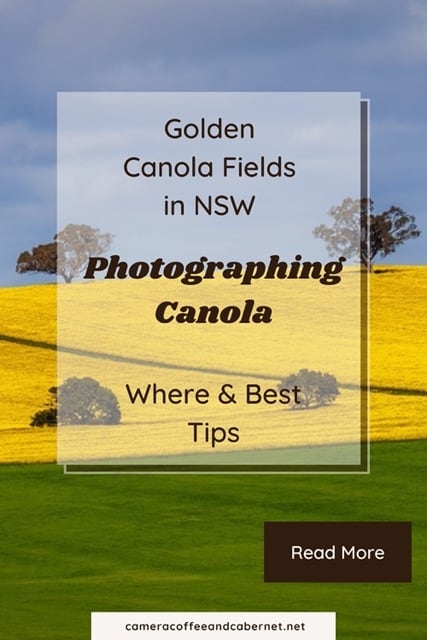
Here’s some more articles and resources I think you’ll like:
- Plan Your Next Road Trip
- Essential Packing Guide
- Freebies – Packing Checklist, Gear and Camera Settings Guide and More
- Travel Photography Tips
Don’t miss a post – sign up Here if you haven’t already
Note – This post does not contain any sponsored or affiliated links. All suggestions and opinions are mine. Unless otherwise stated, all photos are mine and remain my copyright images – Sam Wilson Photography.


